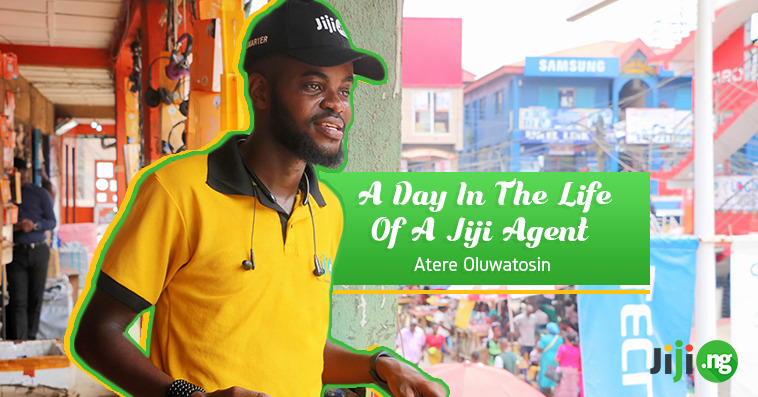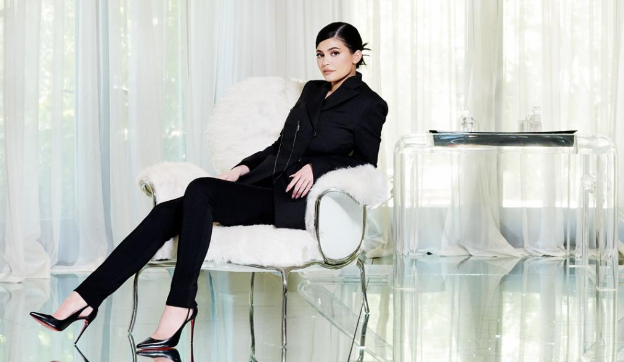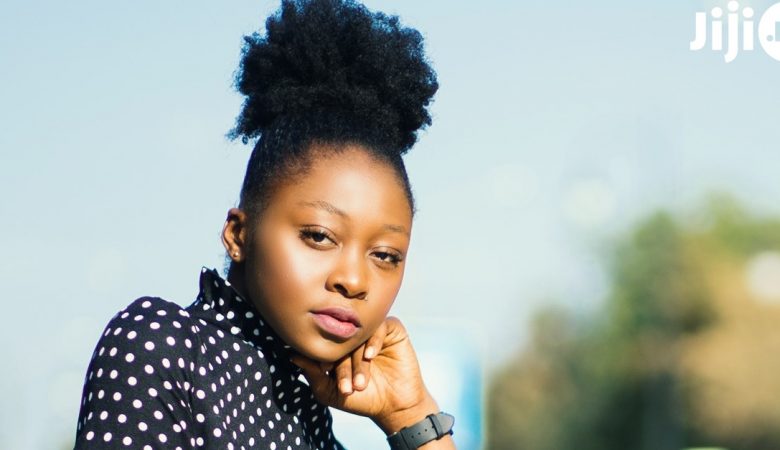 The towers called WarkaWater each column consists of two structures: a semi-rigid outer exoskeleton obtained by binding bamboo or similar material, and internal plastic or nylon mesh. Nylon and polypropylene fibers act as drift eliminators for condensing. The condensation forms the droplets and flows down into the water reservoir on the bottom of the tower. This simple and elegant concept was embodied by Italian engineer Arturo Vittori, an owner of Architecture and Vision company.
The towers called WarkaWater each column consists of two structures: a semi-rigid outer exoskeleton obtained by binding bamboo or similar material, and internal plastic or nylon mesh. Nylon and polypropylene fibers act as drift eliminators for condensing. The condensation forms the droplets and flows down into the water reservoir on the bottom of the tower. This simple and elegant concept was embodied by Italian engineer Arturo Vittori, an owner of Architecture and Vision company.
The name of the project ‘Warka’ comes from the Warka Tree, which is a giant wild big tree native to Ethiopia. It constitutes a very important part of the local culture and ecosystem by providing its fruit and a gathering place for the community.
Water deficit is the common problem of most African desert population. This project has already started in the most deserted country – Ethiopia. Availability of materials and the possibility to install such tower without any additional education are the main reasons why it is suitable for the village habitats.
Once the locals get the necessary knowledge, they will be able to teach other villages and communities to build their own WarkaWater towers. Each tower costs about $550 and can be built within one week by a team of four people from locally available materials. Such towers do not require any electric supply and do not waste environment!
Since fresh clean water is one of the most precious things when you are living in dry climate, such an innovation can save many lives!
Of course, the obvious solution of the water problem may be a well, but the digging of 500 meters in the rocky plateau of Ethiopia is very expensive. Even if wells were dug successfully, installing of pumps and ensuring of a reliable electrical supply makes this option expensive too.
Instead of looking for a solution for the use of such technologies, Vittorio drew attention to the tree Warka, giant, gravity-defying dome-shaped tree, a native of Ethiopia. “The towers help people acquire independence, especially in rural areas,” said Vittori. “The use of natural fibers visually integrates the tower with the natural environment and local traditions.”
















